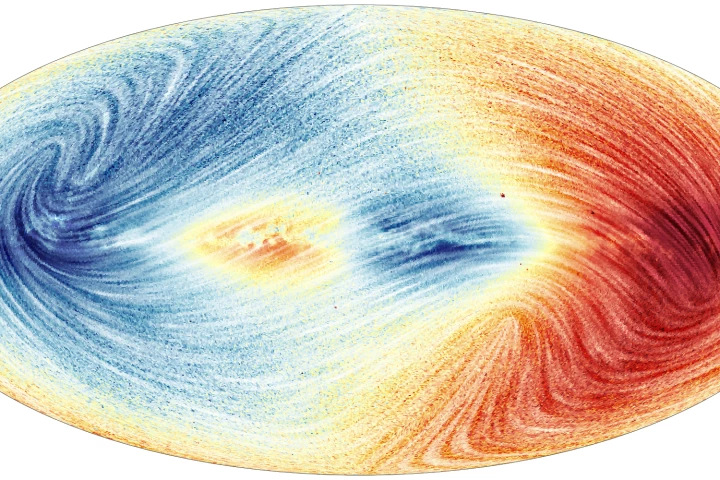Spectroscopy
-
It’s easy to forget that most animals don’t see the world the way humans do. In fact, many perceive colors that are invisible to us. But now, for the first time, scientists have found a way to capture footage as seen by animals, and it's mesmerizing.
-
NASA engineers have developed a tiny but powerful laser that could one day help astronauts find water on the Moon. Smaller than a US quarter, the laser makes use of quantum mechanical effects to produce a THz beam that can highlight hidden water.
-
The most comprehensive picture of the Milky Way just got more detailed. Gaia's third data release covers almost 2 billion stars, including their makeup and movements, plus new catalogs of starquakes, binary systems, variable stars and other objects.
-
It would be great if forensics teams could easily lift fingerprints off of bullet casings left at crime scenes, but unfortunately doing so is often very difficult. A new technique developed at the University of Nottingham could change that.
-
When a car hits something crossing a dark road, it can occasionally be difficult for the driver to later say if it was a person or an animal – that, or they may just lie. A new blood-analyzing device, however, could tell the difference on the spot.
-
If crop plants aren't receiving enough nutrients, they'll typically have lower-than-normal nitrogen levels. A portable new device could allow farmers to check those levels on the spot, so they can start addressing the problem as soon as possible.
-
When you're trying to establish who was present when a crime was committed, every little clue helps. That's where a newly repurposed forensic technique comes in, as it can determine if oral fluid comes from a smoker or non-smoker.
-
Astronomers may have found a world where it rains iron. The exoplanet is exposed to thousands of times the radiation that the Earth receives from the Sun, rendering the surface hot enough to vaporize metals that later fall as rain.
-
Spanish scientists have developed a new verification system, which is said to be completely accurate at determining an egg's classification.
-
NASA astronomers have managed to probe the atmosphere of GJ 3470 b, a planet unlike any in our solar system. It marks the first time for this kind of world, and could be a step towards identifying potentially habitable planets.
-
A new eye has joined the hunt for planets around nearby stars. The instrument, dubbed SPIRou, has been installed at the Canada-France-Hawaii Telescope, where it has achieved first light by snapping the spectrum of the star AD Leonis.
-
If you've seen even one advertisement for premium coffee, then you've probably heard someone going on about "100 percent pure Arabica beans" … but does the coffee REALLY only contain Arabicas? A new method makes it quicker, cheaper and easier to find out.
Load More











